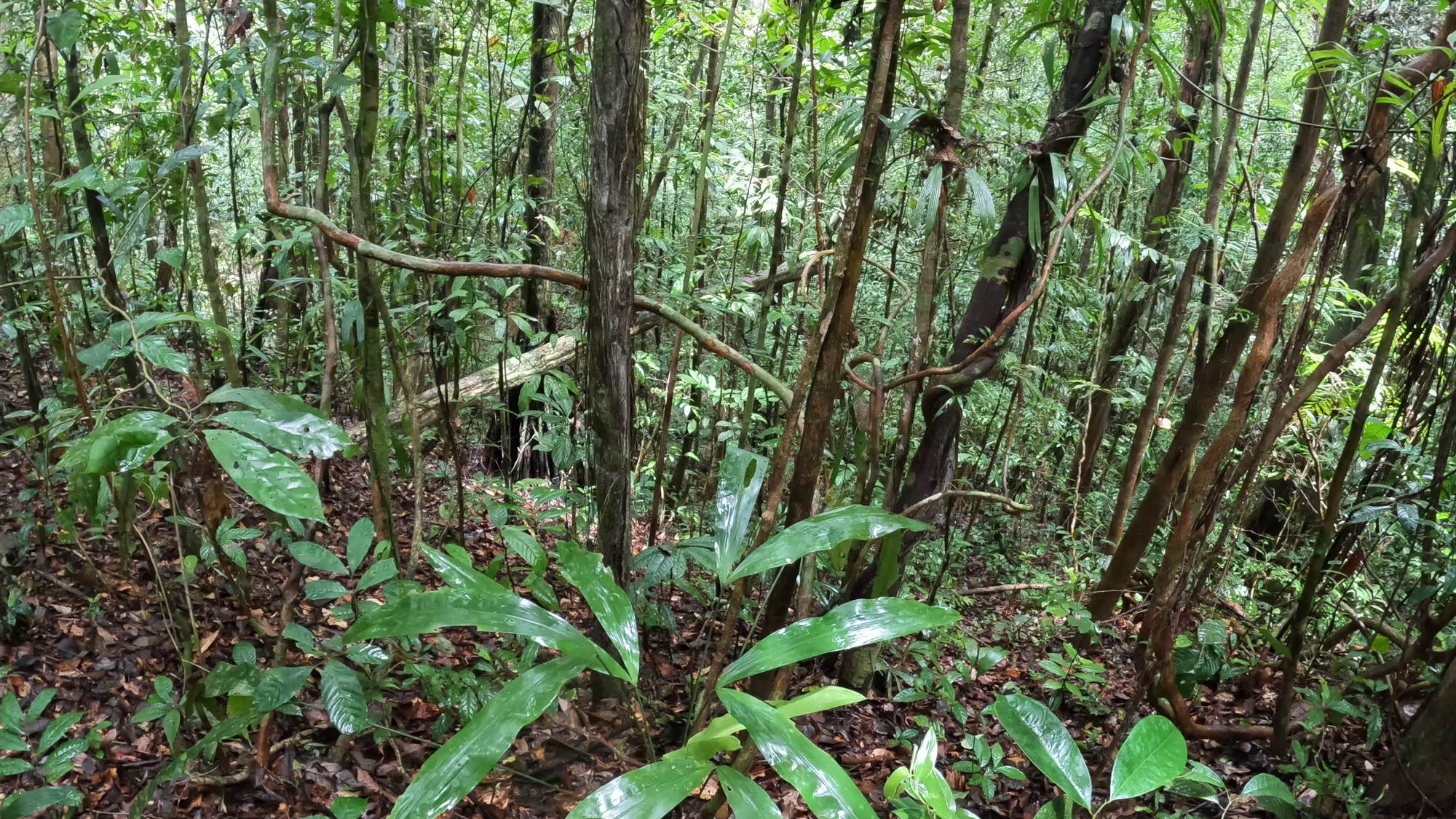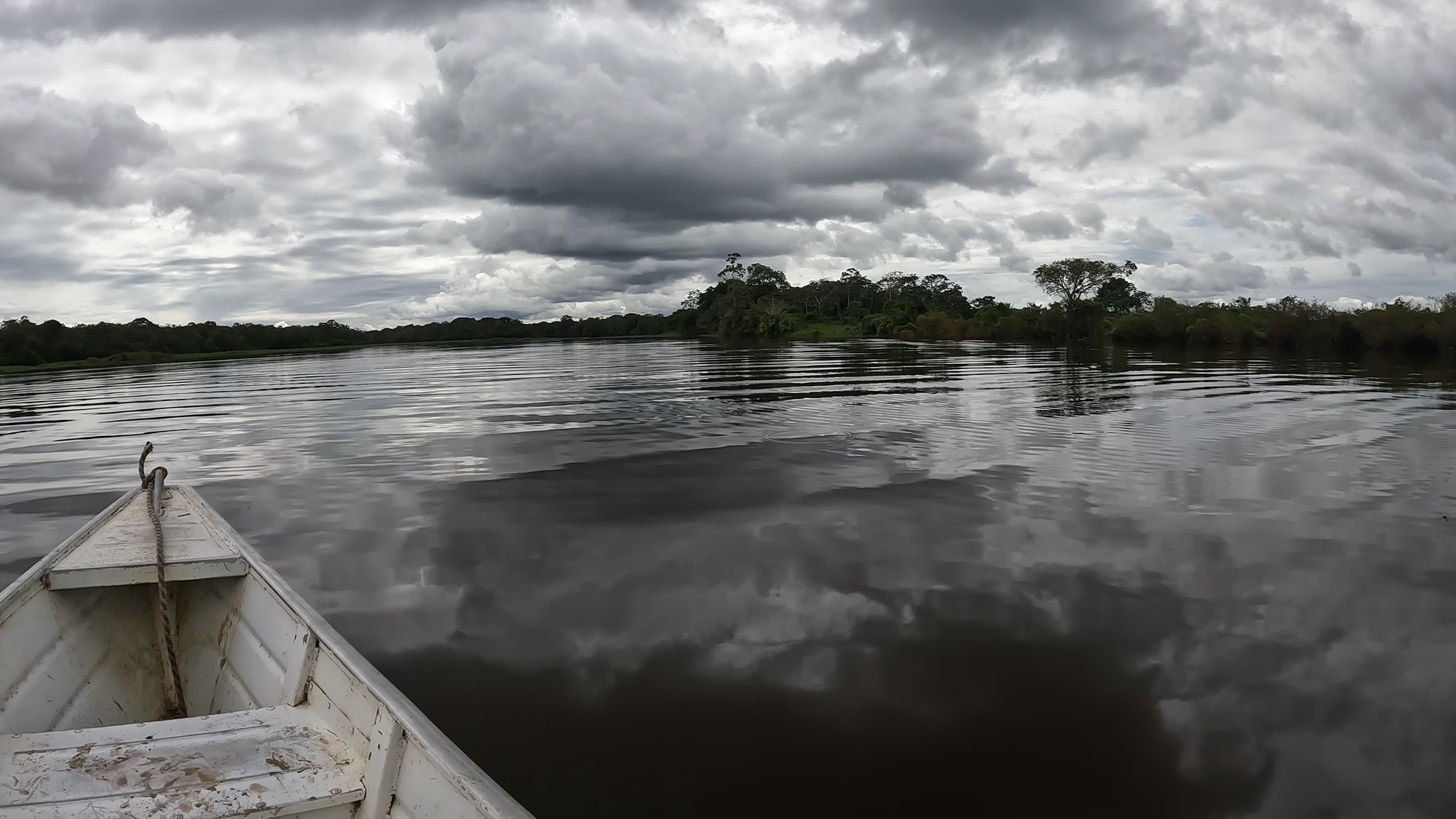Amazon Reflections

Amazon river and the forest
I feel, visiting the Amazon has been one of the most stimulating places in our journey which has etched an indelible mark on my mind.
We visited the region in Colombia. Before researching the trip, I had always thought that the Amazon rainforest exclusively existed in Brazil but in fact it is shared by Peru, Colombia, Bolivia, Ecuador, Venezuela, Guyana and Suriname. Whilst no two rivers are the same, the Amazon is a phenomenon on it’s own. The river level changes drastically by 9 metres (30 ft) between the dry and wet seasons. It’s water discharge is at least 5 times that of any other river in the world, enough to fill 83 Olympic-sized pools every second! Interestingly, there is not a single bridge over it. The Amazon river, it’s countless tributaries and the surrounding rainforest is home to many peoples and cultures, it can also be very remote in places, having some of the last un-contacted tribes of the world.


Having grown up watching documentaries about the river, it was an absolute delight to see it in person when we reached Leticia, the gateway city to Amazon in southern Colombia. My excitement knew no bounds when we finally embarked on a boat towards our destination, the remote village of San Martin in a protected national park of Amacayacu. The first thing I noticed was the sheer width of the Amazon river, it took over all the horizon, no wonder it’s called ‘Brother of the sea’ in Brazil. It felt unreal when this water filled horizon now changed into towers of dense trees on both sides, as we took a turn into ‘Rio Amacayacu’, a smaller river flowing into the Amazon. The river was calm and the awesome green-ness of the surrounding forest had cast it’s tinge on where ever I set my eyes. Ayesha and myself were not able to stop smiling throughout this journey of about an hour, it felt as if we were living inside a BBC documentary.
After settling down a bit in the village we visited the forest twice, first in the day and then in the night. The forest is classified as primary and secondary, the difference between the two being very stark. On our jungle trek we encountered the secondary forest first which means that the land has been modified by humans, in our case the villagers had their plantations of Yuca and Plantains.
Soon, we entered the primary forest where the scene changes dramatically; the tree canopy closes in, not letting much light in, the sheer density of plant life increases and almost hugs you. The realisation of being in a place which has been untouched was sharp and almost emotional, realising that this place has existed for millenniums and maybe this is like visiting a primeval version of Earth.
Don Eusabio, our guide showed us:
- Fruits like cacao beans, and a sugar-cane like plant, which we also tried.
- Plants used for medicinal purposes for ailments.
- Fruits, seeds and tree bark which can be used for colouring and creative purposes.
- Trees that are used for constructing houses.
- Insects, spotted monkeys, identified different birds through their calls.
Being the world’s most biodiverse place, the Amazon forest was full of life but spotting animals is no easy task in a such a dense forest.
Whilst hiking in the day was spectacular, the night hike we did in the jungle was something else. We equipped ourselves with head lamps and marched towards the primary jungle in pitch black.
There are moments in life where extreme emotions make thinking seemingly so loud that one is afraid that somebody else might hear them and in these moments sometimes you learn a lot about yourself. I like to think I am calm and rational most of the times but in this moment I was not able shake of the idea that we might become victims of a jaguar attack. My mind was in two: my primal instinct of being afraid of the darkness, at odds with my rational brain. The jaguar is the apex predator in the Amazon and has one of the most powerful bites of all big cats, but it is also one of the most elusive creatures in the Amazon. I had to remind myself that jaguars don’t prey on humans and in all of recorded history there has only been one fatal attack. Our guide who has spent all his life in the area has only seen them twice, that’s how well-hidden they are. Ultimately, the rational part of my mind won and I was able to calm down. All of these thoughts and the internal infighting lasting but a mere thirty seconds.
Whilst moving towards the jungle, I was noticing tiny reflections carpeted on the ground, like small gems almost. Upon further inspection I realised that these were actually spider eyes. I am usually averse to insect life but I felt strangely calm in the forest despite being absolutely surrounded by them. Also, contrary to what one might think, the jungle was deafeningly loud at night, insects, frogs, birds and other nocturnal animals were out and about singing their songs.
One of the most magical experiences which we had during that night was when we were asked by our guide to switch off our head lamps and then asked us to observe glowing leaves and tree bark. Standing in the pristine Amazon rainforest, in pitch black surrounded by this abundance of weird and wonderful life-forms, I felt a mix of emotions of awe, contentedness and unity with Earth.
Spirit of the Forest
Being on the river and in the forest, I felt both had an incredible feminine energy, the forest much more so. The forest gives shelter, nourishment, medicine and creative tools to humans and also does not discriminate but provides for all insects, animals, plants and creatures unconditionally much like a mother does. Overwhelmingly, the forest just gives and gives. It’s no wonder we refer to nature as female (Mother-nature, Pachamama, Gaia etc). Being in the jungle I was able to really appreciate that.
Junglee Khayalaat (Wild Thoughts)
To provide context, San Martin is populated by ‘Ticuna’ people and inhabitants of this place wear western clothes and are Catholic since 1970s, there are also villages and settlements which still follow Shamanism/Animism. I wondered how people of my own culture (Urdu-speaking/Pakistani/North-Indian) would refer to them and I think they would definitely term them as junglee (wild), it’s connotation is overwhelmingly negative and is used as an insult. My point of view is that we look down upon these people and consider them uncivilised and beneath us but in fact these junglee people can teach us a lot and we need to learn from their ways. These are the people who live in harmony with the environment, taking only what is required from the nature unlike us who greedily hoard. These people are the guardians and protectors of forests of the world standing against the ravenous engine of capitalism.
In contrast, we, the civilised people, live in jungles of the concrete kind. Away from nature, the place which we all rely on for the oxygen we breath, the food we eat. We have forgotten what living in harmony is. In my humble opinion, for creating a sustainable future for the world, we need to look towards these junglee people on how to strike a balance between living in the modern life and being in harmony with nature. I feel, we, as humans fundamentally do not need a lot to survive, and in our modern lives we are much too intertwined with our made-up playthings instead of being close to the natural world.
I strongly feel, we should look at how we use language and modify it according to the needs of the day to advance it, in this case we can see junglee is a rather outdated and elitist term loaded with a sense of superiority and entitlement.

